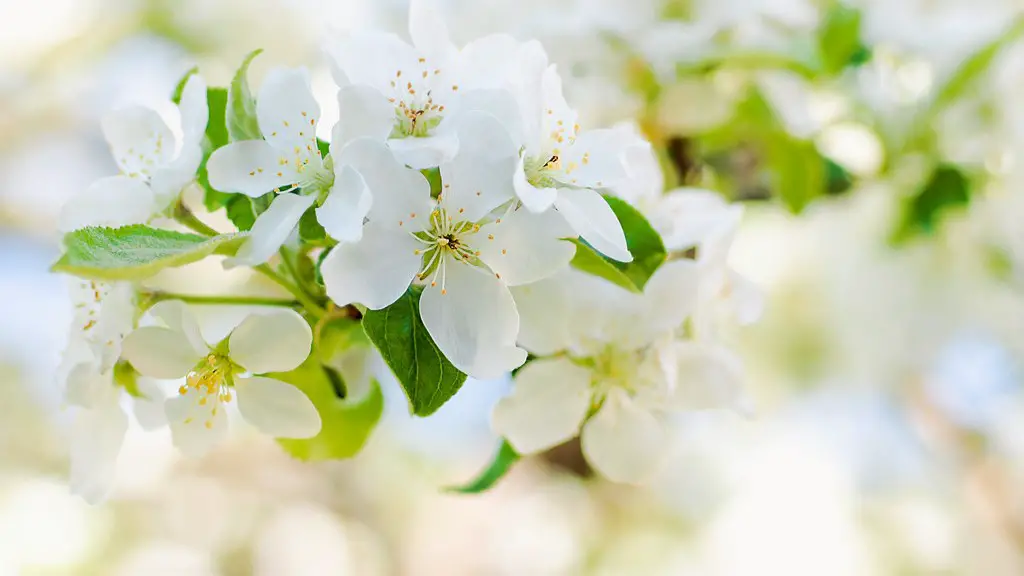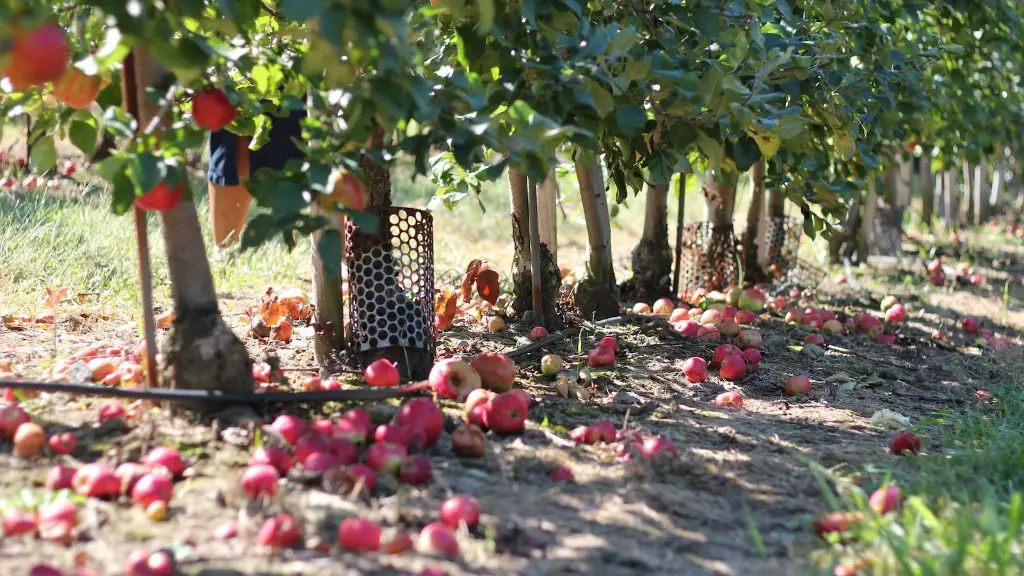If you want to know the type of apple tree you have, here are a few tips that will serve you well. Firstly, you need to recognize the type of apples that you have. Apples come in many shapes and sizes, so it is important to identify the characteristics of your fruit to determine the type of tree it is from. You should also consider the growth habit of the tree; for instance, is the tree short with a wide canopy, or tall and slender? Other details, such as bark and foliage color and branching pattern, can also be important.
When researching types of apple trees, you must understand that there are hundreds of different types. So, you must narrow down your tree search by examining some key factors. Firstly, check the type of fruit that the tree is producing. Is it a sweet apple, or perhaps a tart apple? Does the apple have a unique flavor, or is it more neutral? By able to recognize the specific characteristics of your apple, you will be able to make more accurate tree identification.
It is also important to observe the growth habit of the tree. An apple tree with a wide canopy may be different than one that is very tall and slender in shape. The bark and foliage colour also matters when trying to determine the type of apple tree you have. Moreover, you should also pay attention to the branching pattern of the tree; does it have a dense pattern or does it have a more sparse appearance? You may need to do some research to determine the difference between various categories of apple trees.
Although there are many resources available to help you identify the type of tree you have, you may still find it helpful to consult an arborist or local extension office for assistance. They can help you with identification, advise you on pruning, and answer other questions related to proper care of your specific tree. Moreover, they may also be able to provide you with a list of varieties that are compatible with your geographical area.
Once you have identified the type of tree you have, it is important that you take steps to provide proper care. This includes pruning and fertilizing, as well as performing any necessary pest control. Additionally, you should practice proper watering techniques, especially during times of drought. If you practice proper foliage care, your tree will remain healthy and produce a delicious crop of apples.
Things to Consider Before Planting Apple Trees
When considering planting an apple tree, there are many things to consider beforehand. Firstly, you should determine the type of tree you wish to plant, as some require special care, such as pollination from another type of tree. Additionally, you also need to consider the size and location of the planting site, being sure to select a location that is sheltered from the wind, and with enough sunlight to properly ripen apples. Space also matters, as some types of apple trees, such as dwarf varieties, require less space than other types.
Another important factor to consider before planting an apple tree is the soil type. Apples require acidic soil; therefore, it is important to have your soil tested for pH levels. Additionally, the soil should also be well-drained, as the roots of an apple tree should not become waterlogged. When the soil is properly prepared, you should add a layer of compost or aged manure in order to promote better root growth.
Proper fertilization is also key when it comes to successfully growing apple trees. Apples need nitrogen for strong, healthy foliage. You should apply a slow-release fertilizer at the beginning of spring, as well as during early summer. Always be sure to follow the directions of the fertilizer label to ensure the best results.
Once you have planted the tree, it is essential to provide proper maintenance. This includes timely pruning, monitoring the tree for pests, and keeping the area around the tree clean and free of any debris. Additionally, if planting in colder climates, you should protect the tree during the winter using mulch or an anti-desiccant spray.
Diseases & Pests in Apple Trees
Apple trees are susceptible to a variety of diseases and pests. Firstly, fungal diseases can quickly cause damage to an apple tree. These diseases, such as apple scab, are caused by fungal spores that land on the leaves, fruit, or bark, and can lead to premature leaf drop, discoloration, and fruit deformity. Appropriate water management, adequate pruning, and monitoring for pests can help to minimize the risk for fungal infections.
Additionally, apple trees may also be subjected to attacks from harmful pests. For example, apple aphids are small greenish pests that feed on the foliage, leading to yellowing and stunted growth. To help minimize damage, you should keep the tree’s environment clean by removing any weeds or debris around the tree, as these can attract unwanted pests. If an aphid infestation is severe, an insecticide may be necessary.
Other pests to watch for include scale and coddling moths. Scale insects are small, oval-shaped bugs that are typically found on the buds and leaves of apple trees, while coddling moths can damage the fruit before it has a chance to ripen. To minimize damage in both cases, regular inspection of the tree should be done, and if necessary, affected areas should be sprayed with an insecticide.
Finally, deer can also be a problem for apple trees. They are attracted to the leaves and fruit for food, and can cause significant damage to the tree. To prevent deer from damaging your apple tree, a deer-proof fence should be erected around the tree. Additionally, deer repellents can be used to keep the deer away from your tree.
Conclusion of How to Tell What Type of Apple Tree You have
Knowing what type of apple tree you have is essential to keeping it healthy and producing a healthy crop of apples. The first step to determining the tree’s identity is to recognize the type of apples that it is producing. Additionally, it is important to examine the growth habit, bark, foliage color, and branching pattern of the tree. Furthermore, it may be necessary to consult an arborist or local extension office for assistance. When planting an apple tree, you should also consider the type and location of soil, as well as its size and necessary fertilizer. Additionally, be sure to keep your eye out for pests and diseases, and keep the area clean to minimize the risk of an infestation or infection.



